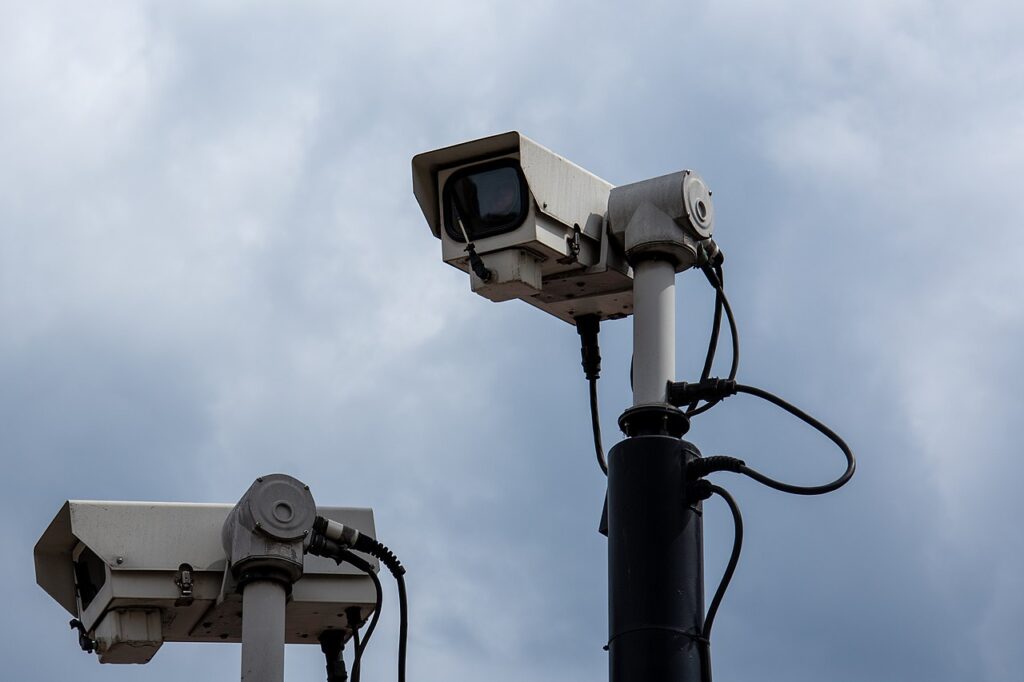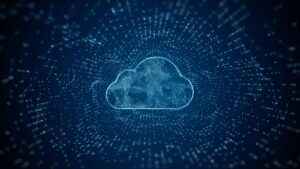Executive Summary
Digital technology is progressively entering into different facets of life in the Democratic People’s Republic of Korea (DPRK or North Korea) and reshaping the landscape of its society, especially in Pyongyang. Smartphones can now facilitate electronic payments; set-top boxes offer additional TV and streaming options; cameras keep watch on traffic in major cities; and electronic cards provide access to transportation.
However, this digital transformation comes at a price: as these technologies continue to roll out, the digital footprint for North Korean citizens becomes larger, and the North Korean state’s ability to gain a deeper insight into people’s lives grows.
North Koreans are already among the most tightly controlled and surveilled people in the world. The state makes numerous demands on their work and free time, limits their ability to move freely within their own country, dictates the media they can consume and restricts their freedom of speech. Citizens are constantly at risk of random or targeted inspections that can involve a complete search of their home or their person.
Much of the country’s existing surveillance network relies on a massive network of human intelligence gathering. From state security agency officials and police all the way down to the workplace administrators and the inminban (인민반) leaders who keep watch on their neighborhoods, some estimates say as many as 1 in 20 North Koreans is part of the existing surveillance system.
The network is large and complex and has served the leadership and Korean Workers’ Party (KWP) for years, keeping citizens under control to the extent that any challenge to authority is almost unheard of.
However, the state is not all-seeing yet. Small spaces exist that allow North Koreans to engage in illicit business activities, consume foreign media and privately criticize the government. The state’s inability to support its citizens means that if caught, people can often offer bribes to escape serious punishment.
The continued adoption of digital technology threatens to erase many of these spaces. A combination of the heavy state control exerted by North Korea and pervasive digital surveillance, such as that carried out in China, could extinguish all but the tiniest freedoms for the North Korean people.
According to our research, North Korea is building surveillance capabilities that reach across various facets of public and private life. While the state may not yet have the capacity to fully utilize all the data it can collect, it is moving towards even greater surveillance of its citizens, enhanced by digital technology.
The move is underpinned by several decades of research into biometric technology. As we outline in the report, facial recognition is in active use in the country, and the state is building a biometric database of citizens that includes photographs and fingerprints.
Facial recognition has the potential to track people wherever they go, and digitization of fingerprints will make the use of fake identification cards difficult or impossible. New video surveillance networks along the country’s northern border could make smuggling difficult, and a road surveillance network is spreading from Pyongyang to other cities.
The wider use of surveillance is not just trained on citizens, but also on the security services themselves—an apparent attempt to make the acceptance of bribes more difficult.
The danger these new technologies pose to the populous is exaggerated in North Korea because, in the absence of a watchdog media, many of its citizens lack a complete understanding of their digital footprint and the ways it could be used against them.
In this report, we look at the North Korean state’s steps further into the digital world and how this is being or might be used for surveillance purposes.
To do this, we examined technology currently in use in North Korea, looked at research on surveillance technologies being undertaken at universities and state organizations, and reviewed domestic and international media coverage of technology. We also conducted interviews with 40 North Korean escapees to get a sense of surveillance when they lived in the country and surveyed 100 current North Korean residents to find out the latest situation and understand their views on digital surveillance.
In our research for this report, we did not spend a lot of time detailing digital surveillance on smartphones, as the area was comprehensively covered in our previous Project Reveal report.
Key Findings
Work on digital surveillance technologies has been ongoing for years.
Research and development of biometric technology have been going on for decades in North Korea. Some of the earliest work in the late 1990s was around fingerprint recognition, but this has progressed to more advanced technology, such as facial and license plate recognition. The work has led to domestically developed software and hardware products that utilize biometric data to verify identity and track people and vehicles in public spaces.
The state is collecting the data required for a national biometric database.
The latest version of North Korea’s national identification (ID) card comes in a smartcard format, and renewal requires citizens to provide fingerprints, have their photo taken, and, according to one report, take a blood test. As a result, almost every North Korean citizen surveyed reported that the state has taken their fingerprint data. How the biometric data is stored and accessed is unclear, but the ID card procedure means the state possesses the data to build a biometric database of all citizens.
The use of surveillance cameras is proliferating, especially in schools and workplaces.
In surveying North Korean state media coverage, cameras appear in most school classrooms in major cities. The cameras can be monitored by the head teacher, who can pan and zoom to focus on an individual student or teacher. Our interviews with escapees and current residents uncovered widespread use of cameras in some workplaces and government buildings, and state media has reported on facial recognition in use at the country’s international airport.
A road traffic surveillance network is expanding.
Traffic cameras began appearing at intersections in Pyongyang around 2016, and since then, the network has expanded. The cameras were originally spotted at intersections with traffic lights and appeared to be related to catching red-light violations, although since 2021, they have also begun appearing above roads heading into and out of the capital city. The appearance of cameras follows several discussions in domestic scientific journals of techniques for automatic license plate recognition.
Smartphone-based payment apps are becoming more popular.
Citing convenience over other factors, North Koreans appear to be increasingly using smartphone-based payment apps to make cashless purchases in stores and for transfer of small payments to associates. Several competing networks, most run by state banks, offer the service and use is widespread in Pyongyang, according to reports. The expansion of the payment network away from cash will take time, but it gives the state greater insight into the lives of citizens.
A lack of consistent electricity is a key factor in holding back wider deployment.
The country’s abysmal electricity supply situation will be a major limiting factor in the spread of digital surveillance technology. North Korea has been chronically short of electricity for decades and cannot supply many of its most basic needs. Escapees from rural areas spoke of months with no power, while those from Pyongyang said power was restricted to several hours a day. The little supply the country has is prioritized for factories, leaving many neighborhoods in the dark. For this reason, routine use of surveillance cameras and other technologies that rely on a network connection is unlikely in the short term in many rural areas.
North Korea’s existing surveillance and information controls still rely on networks of human intelligence.
The state still places a heavy reliance on human intelligence networks that have been built up over decades of surveillance on citizens. The networks can spot more subtle changes in behavior that might signal illicit activities, such as a slight change in the time an individual turns off their lights or an increase in visitors to a house. It is likely that digital surveillance will be additive to North Korea’s surveillance of its citizens rather than replace human methods. Digital surveillance is also useful in monitoring the security forces as it is not susceptible to bribery.
Citizens know little about the dangers of digital surveillance.
Despite the spread of surveillance technology, citizens know little about how it is used and what it is capable of. Illicit activities happen in North Korea in a grey space where citizens are generally aware of the risk and understand the possibility of getting caught and punished. However, with a widespread lack of understanding of how digital surveillance technologies work, what they are capable of, and how citizens can both encounter and avoid such technologies in their daily lives, it is possible that many North Koreans will be caught engaging in illicit activities before knowledge becomes widespread. In our survey of current residents, some attributed positive aspects to the use of surveillance in residential neighborhoods, such as a reduction in crime.




